|
   |
   |
Ray has partaken in a multitude of projects during the past 70 years as a geologist. It all started with his senior thesis at the University of Sheffield mapping and describing the Carboniferous rocks along the northern margin of the South Wales Coalfield. This led to his doctorate thesis at the University of Glasgow working on similar rocks in Pembrokeshire, West Wales. As a result of these geological studies, along with Ray’s passion for fossils as a tool to date rocks, he was able to work as a frontier geologist for Shell Oil and Sohio/BP Oil companies working in remote parts of Western Canada and Alaska. |
|
|
Ray continued his love of the outdoors by spending many summers away from teaching doing frontier geology in the Green River Basin in S.W. Wyoming and focusing on remote parts of California, such as the Kettleman Hills near Coalinga and the Ridge basin north of Los Angeles. He further expanded his knowledge by attending a wide range of professionally led geological field trips to such classic areas as Newfoundland, Cape Breton, the Florida Keys, Appalachian Mountains, Yellowstone, Canadian and Colorado Rockies, Brazos River and Permian basin in Texas, Monterey and Baja Mexico. Thus, Ray gained extensive knowledge from seeing a wide range of geology in these areas and was able to pass this knowledge on to his students at San Francisco State University and furthermore, to use his many experiences to aid in his various important research projects in the San Francisco Bay Area. |
|
 |
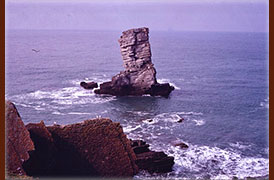 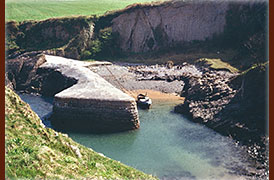 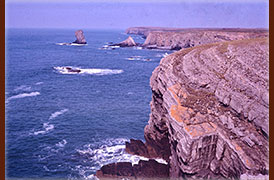 |
Following the completion of Ray’s undergraduate degree in Geology at Sheffield University in 1957, he went to the University of Glasgow on a government scholarship to work under Professor Thomas N. George. Professor George was the leading authority on the Carboniferous Limestone of Britain and Ireland. For the next three years, Ray worked the Carboniferous Limestone along the coast of Pembrokeshire in South West Wales where most of his field work was done using a motor cycle for transport. The region today is incorporated into the Pembrokeshire Coast National Park and the photographs above show some of the beautiful scenery along this part of the Welsh coast. Interestingly, the southern area was a NATO firing range during the time Ray did his research. The coastal exposures provided an opportunity to study the carbonate facies across the shelf in the north to the basin in the south. Ray measured numerous stratigraphic sections and made extensive fossil collections in order to provide the details of the facies and faunal changes. This work proved to be a stepping stone to a position at Shell Oil where he did similar studies in Western Canada. |
|
 |
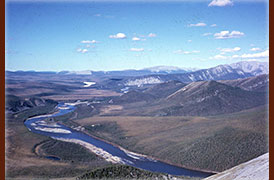 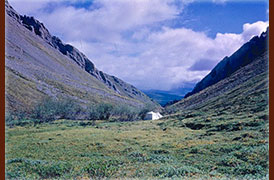 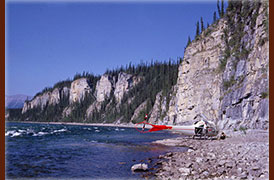 |
Ray’s first job out of University of Glasgow was in 1960 with Shell Oil in Alberta. He joined the company as a paleontologist and stratigrapher and immediately found himself visiting a horse field party in the Canadian Rockies out of Jasper. He spent the summer of 1961 in the Peace River Country, British Columbia in support of the Shell field parties. The summer of 1962 was Ray’s last with Shell when he was assigned to a field party studying the petroleum potential of the Ogilvie Mountains in the Yukon Territory.
Ray very much enjoyed his time at Shell. However, during a trip to California in the fall of 1961, Ray visited York Mandra, the Geology Professor at San Francisco State University. Professor Mandra had been a visiting scientist at the University of Glasgow while Ray was a graduate student and at that time he encouraged Ray to apply for a position after graduation. So, after 2 years with a major oil company in Alberta with its long, freezing winters, the thought of spending some time in the warmth of San Francisco was too attractive for Ray to pass up. |
|
 |
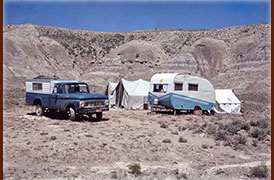 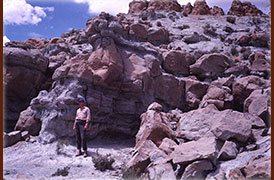 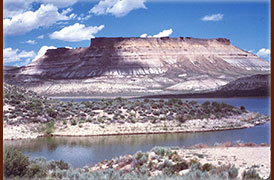 |
Ray’s first research project at San Francisco State University started in 1965 after applying for a National Science Foundation grant to work with Dr. Paul McGrew at the University of Wyoming to study the stratigraphy of the Eocene rocks of the Green River Basin, S.W. Wyoming. Green River Shales are known for their rich fossil fish beds and the over lying Bridger Formation for its mammalian faunas. Ray spent the summers of 1965-68 in Wyoming camping in the badlands, fossil hunting and measuring the rock sections. |
|
 |
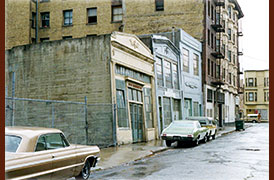 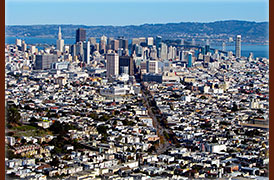 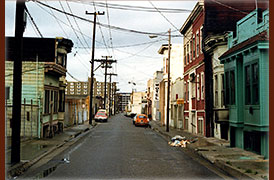 |
Starting in the early 1960s, Ray became interested in exploring the large area of filled ground South of Market in San Francisco, an area of greatest damage and loss of life in the 1906 earthquake. It was here that most of the fires originated that swept through the downtown area destroying large parts of the City. Ray’s project was to record the structural changes to buildings in this area prone to settlement and subsidence. The study was intended to bring awareness that these buildings would suffer the same fate in the next major earthquake. The study became more critical as the area, which was once a swamp on the margin of San Francisco Bay, underwent redevelopment with the construction of high-rise structures. Also, the Loma Prieta earthquake in 1989, and several smaller events in other parts of the State, made the study of structures on filled ground an important project. |
|
 |
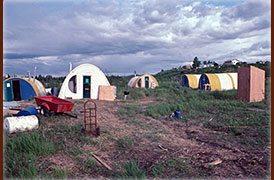 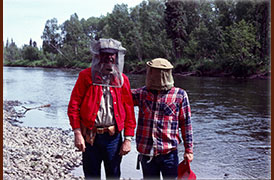 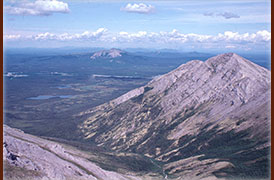 |
The oil discovery on the North Slope, Alaska in 1968 brought many oil companies to open offices in San Francisco. Among the companies that came to the City were SOHIO and British Petroleum. Normally, these companies would not have any reason to recruit at San Francisco State but Ray had several friends in key positions in these companies and they hired many of his students before relocating to Texas. In 1983, Ray spent a year on sabbatical leave with SOHIO working the petroleum prospects of the Chukchi Sea. The following year he was hired as co-leader of the summer field party to the Holitna Basin in Central Alaska. |
|
 |
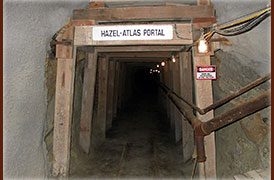 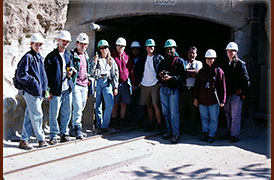 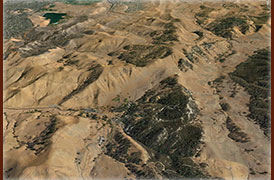 |
At 3,849 feet, Mount Diablo is the highest mountain in the San Francisco Bay Area and the geology of the Tertiary rocks exposed on its flanks became Ray’s main research field project. He was first attracted to the area by the Welsh cemetery on the hill overlooking the former coal mining towns of Nortonville and Somersville that form Black Diamond Mines Regional Preserve in Contra Costa County. The culmination of decades of mapping, section measuring and hiking in the hills surrounding Mount Diablo was recently published in the Geological Society of America Memoir 217, titled “Regional Geology of Mount Diablo, California: Its Tectonic Evolution on the North America Plate Boundary”. It was published to celebrate the 75th anniversary of the Northern California Geological Society. |

|
|
|
|